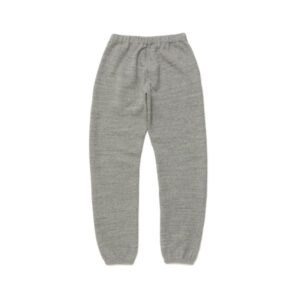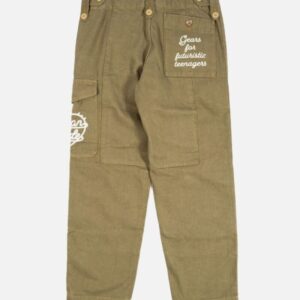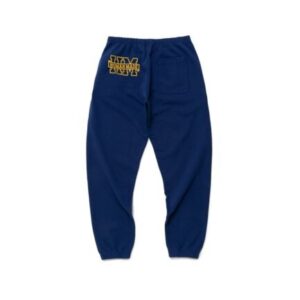
Gears For Human made Sweatpants
Original price was: $230.00.$160.00Current price is: $160.00.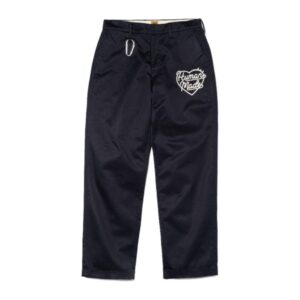
Human Made Chino Pants
Original price was: $230.00.$160.00Current price is: $160.00.
Human Made Fleece Pants
Original price was: $230.00.$160.00Current price is: $160.00.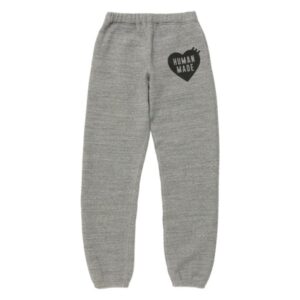
Human Made Grey Sweat Pants
Original price was: $230.00.$160.00Current price is: $160.00.
Human Made Grey Sweatpant
Original price was: $230.00.$160.00Current price is: $160.00.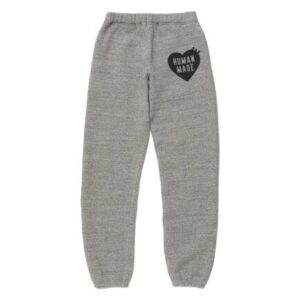
Human Made Hearts Sweat Pants
Original price was: $230.00.$160.00Current price is: $160.00.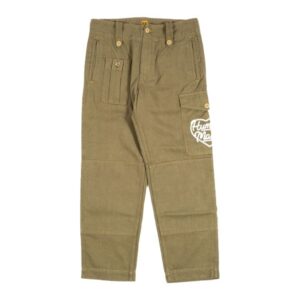
Human Made Military Denim Cargo Pants
Original price was: $230.00.$160.00Current price is: $160.00.
Human Made Printed Chino Pants
Original price was: $230.00.$160.00Current price is: $160.00.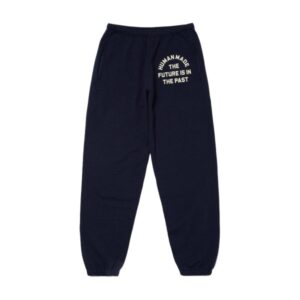
Human Made Sweatpants
Original price was: $230.00.$160.00Current price is: $160.00.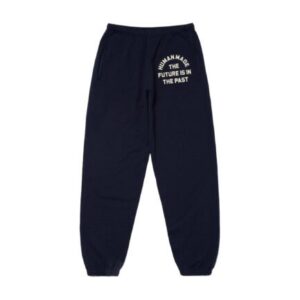
New Human Made Sweatpant
Original price was: $230.00.$160.00Current price is: $160.00.Human-Made Sweatpants:
Human-made sweatpants are becoming a modern fashion essential for comfort and style. Brands are increasingly relying on cutting-edge materials and ethical production techniques to provide sweatpants that are consistent with these ideals as consumer awareness of sustainability and ethical production rises. The world of Human-Made Sweatpants manufactured by humans is examined in this article, including with the components, advantages, styles that are in style, how to take care of them, and potential future trends.
The Evolution of Sweatpants:
Sweatpants were first created for athletic usage, but in the 1920s, they became popular as a cozy choice for sports enthusiasts and athletes. The primary purpose of the early models, which were constructed of cotton and wool, was physical activity. They were a favorite for lounging, informal get-togethers, and even streetwear as they evolved over the years from gym wear to a fashion statement. Sweatpants' place in modern wardrobes has been further cemented by the emergence of athleisure, a style that blurs the distinctions between activewear and casual wear.
The Shift Toward Human-Made Materials:
Sweatpants' manufacturing process has clearly shifted in favor of employing materials created by humans in recent years. This shift is a result of the demand for more environmentally friendly fashion options. The environmental impact of garment production can be lessened by using man-made materials, which are frequently made from bio-based or recycled polymers. Human-made sweatpants are becoming more and more eco-conscious as manufacturers adapt to consumer demands for more sustainable solutions.
Understanding Human-Made Fabrics:
Recycled Polyester (rPET):
Made from recycled plastic bottles, recycled polyester (rPET) lessens waste and the need for virgin polyester. While being ecologically sustainable, it keeps the performance qualities of conventional polyester. In an effort to encourage circularity in fashion, brands are progressively integrating rPET into their sweatpants.
Cotton Blends:
A lot of companies are starting to use organic cotton combined with synthetic materials. Stretch and durability are improved while maintaining the softness and breathability of cotton in this combination. Organic cotton is a more sustainable choice because it is grown without the use of dangerous chemicals.
Bamboo Fabric:
Made from bamboo, this fabric is organically biodegradable and wicks away moisture, making it a great option for cozy sweatpants. Bamboo cultivation has a lower water requirement than cotton production, which further lessens its influence on the environment.
Blends of nylon and spandex:
These materials are flexible and stretchable, facilitating easy mobility. Their usage in performance-oriented sweatpants, which need comfort and longevity, makes them perfect for active lifestyles.
Advantages of Human-Made Fabrics:
Durability:
Compared to natural materials, synthetic fibers are typically more resilient to deterioration over time. Thus, sweatpants manufactured by humans are able to keep their shape and functionality even after enduring the rigors of regular wear.
Moisture management:
During physical activity, a lot of materials manufactured by humans are made to wick away moisture to keep the wearer dry and comfortable. For people who wear sweatpants for exercise or outdoor activities, this feature is very crucial.
Easy Maintenance:
Synthetic sweatpants are frequently machine washable and quickly dry, making them ideal for daily use. They are appropriate for active lifestyles because to their quick-drying qualities and stain resistance.
Benefits of Choosing Human-Made Sweatpants:
The lower environmental effect of sweatpants created by humans is one of their biggest benefits. Brands may contribute to lowering carbon emissions related to textile production and landfill waste by adopting recycled materials. By encouraging the reuse of materials rather than their disposal, this change supports a circular economy and a more sustainable cycle of fashion.
Comfort and Versatility:
Comfort is a priority in the design of sweatpants created by humans. Several include soft inside, drawstrings that can be adjusted, and elastic waistbands that are ideal for exercising or relaxing at home. Their adaptability makes it possible to dress them for a variety of events, including workouts and informal get-togethers. They look effortlessly stylish when coupled with t-shirts, sweatshirts, or even more formal clothes.
Fashion Forward:
Consumers of today are more and more looking for fashionable products that reflect their ideals. To accommodate diverse fashion tastes, sweatpants manufactured by humans are available in a range of patterns, hues, and sizes. Companies are working with designers to produce one-of-a-kind collections that combine comfort and modern style. Fashion trends have also been impacted by the rise of social networking, leading companies to produce fashionable and socially conscious sweatpants.
Cost-Effectiveness:
Long-term savings can also be achieved by purchasing sweatpants created by humans. They frequently endure longer than less expensive, fast-fashion equivalents because of their toughness. Although the initial cost of sustainably produced goods may be expensive, over time, savings may result from their increased lifetime and quality.
Popular Styles of Human-Made Sweatpants:
With their elastic cuffs and tapering length, classic joggers are a timeless fashion choice. Numerous people often reach for these sweatpants because of their versatility in being dressed up or down. Soft materials are frequently used for enhanced comfort, and they go well from the gym to informal gatherings.
High-Waisted Sweatpants:
Due to their comfortable fit and attractive design, high-waisted sweatpants have become increasingly popular. For a stylish look, they are frequently worn with oversized sweaters or crop shirts. They offer additional support around the waist. Because it may add more coverage and define the figure, this style is popular.
Wide-Leg and Palazzo Styles:
For those looking for a more casual look, wide-leg sweatpants are perfect because they fit comfortably. They offer flexibility and can be styled for a sophisticated look with a fitting top. Numerous manufacturers are creating stylish renditions of this look that put comfort and style first, contributing to its recent increase in popularity.
Performance Sweatpants:
Performance sweatpants, which are intended for active lives, are composed of materials that drain away moisture and frequently have breathable panels. These pants are ideal for doing errands, working exercise, or going outside. They are perfect for people who have an active lifestyle because of its technological characteristics, like reflective detailing and pockets with zippers.
Fashion Collaborations:
Limited-edition collections featuring distinctive patterns, colors, and styles are the result of numerous corporations working with designers. These partnerships frequently place a high value on sustainability, employing manufactured materials to create distinctive sweatpants with eye-catching designs. These partnerships are especially intriguing since the convergence of fashion and sustainability is a potent consumer interest generator.
Care and Maintenance of Human-Made Sweatpants:
It's crucial to adhere to particular washing guidelines in order to prolong the lifespan of sweatpants manufactured by humans. Most items can be machine-washed, however in order to maintain the integrity of the fabric, it is recommended to use cold water and a moderate cycle. The quality of synthetic fibers can also be preserved by using a mild detergent.
Drying Tips:
To keep sweatpants stretchy and in shape, air drying is advised. Choose a low heat setting on the dryer if you plan to use one to avoid shrinking or damaging the cloth. It is advisable to routinely check for dryness because over-drying might cause synthetic fibers to break down.
Storage:
Sweatpants should be kept somewhere dry and cool while not in use. Instead of hanging them, folding them will assist keep their shape and stop them from expanding. To stop fading and material damage, store items out of direct sunlight. They can also be shielded from dust and vermin by using breathable clothing bags.
The Future of Human-Made Sweatpants:
Sweatpants manufactured by humans have a bright future because to continuous advancements in eco-friendly production techniques and materials. More and more brands are looking into bio-based materials that have a lower environmental impact, such those made from algae or recycled fishing nets. using qualities like improved breathability and odor resistance, sweatpants made using advances in fabric technology may become even more cozy and useful.
Consumer Education and Awareness:
The need for sustainable products is expected to increase as customers get greater awareness of how fashion affects the environment. Eco-aware consumers will gravitate toward brands that value ethical production methods and transparency. Consumers will be guided toward responsible choices via awareness campaigns and certifications. Sweatpants' lifespan can be increased by teaching customers how to take care of them, which will cut down on waste.
The Role of Circular Fashion:
The future of sweatpants manufactured by humans is expected to be heavily influenced by circular fashion. Take-back schemes, which let customers return used sweatpants for recycling or refurbishing, are starting to be implemented by brands. This strategy not only lowers waste but also promotes a more environmentally friendly way of consuming. Labels can encourage a more conscientious connection between consumers and apparel by supporting a circular economy.
Embracing Technology in Production:
Sweatpants are being produced in a different way thanks to technological improvements. Digital printing and 3D knitting are two examples of innovations that make production processes more effective while consuming less energy and waste. With the use of these technologies, firms may also design personalized goods that satisfy consumer tastes while yet being environmentally friendly.



